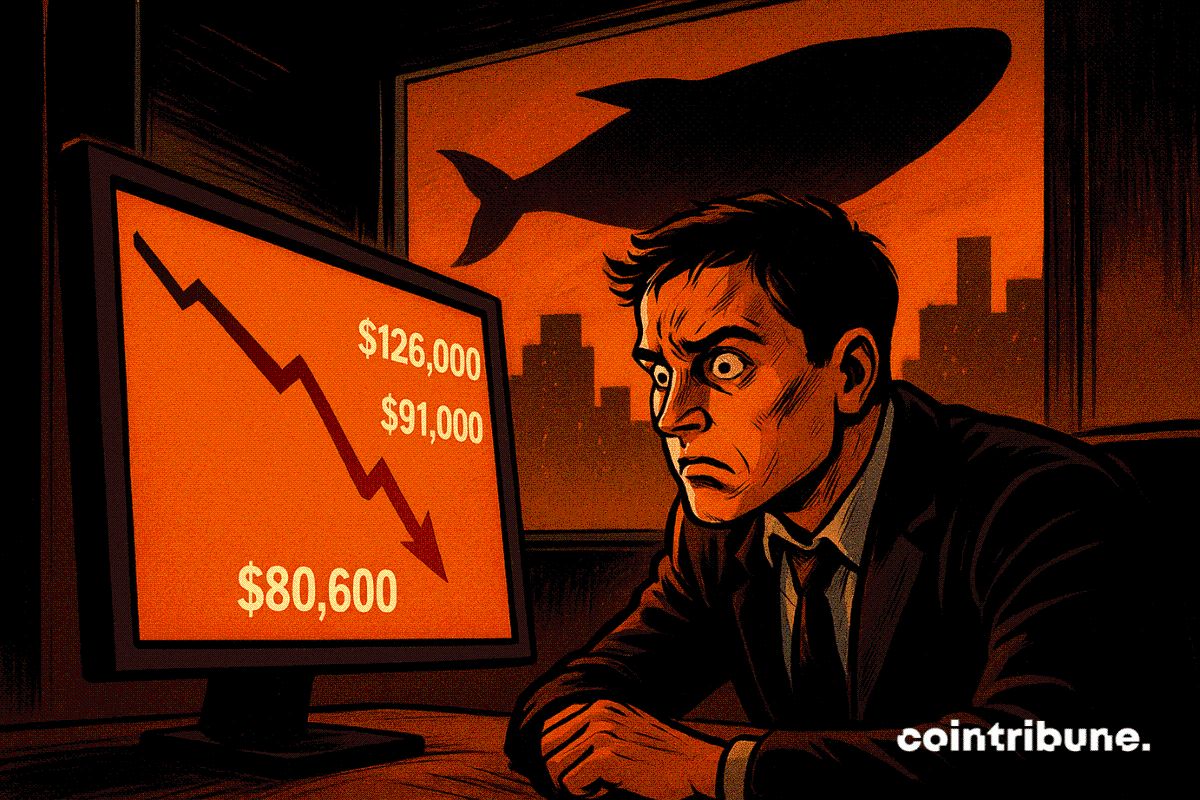Investor Fear Signals Crypto Market's Volatile New Chapter
- Crypto Fear & Greed Index fell to 39, signaling widespread investor caution and heightened market volatility. - Central bank tightening and rising rates drove risk-off behavior as investors hedge against inflation and liquidity risks. - Major cryptocurrencies like Bitcoin and Ethereum retreated, though long-term fundamentals remain supported by institutional adoption. - Some investors view the decline as a buying opportunity, citing historical rebounds after extreme fear periods. - Analysts stress combin
The cryptocurrency Fear and Greed Index has dropped to 39 as of the latest reading, marking a significant shift in sentiment within the digital asset markets. A score below 50 on the index typically indicates a "fear" state, where investors are more cautious and pessimistic about short-term price movements. This decline reflects a broad-based retreat in confidence among crypto market participants, signaling heightened volatility and potential for short-term corrections.
The index, a composite gauge of market psychology derived from factors such as price momentum, trading volume, and social media sentiment, has seen a sharp reversal from earlier bullish readings. Analysts suggest that recent macroeconomic developments, particularly tightening monetary policies from central banks and rising interest rates, have contributed to the shift in sentiment. Investors are increasingly hedging against inflation and potential liquidity crunches, leading to risk-off behavior in speculative assets such as cryptocurrencies.
Market data shows that major cryptocurrencies, including Bitcoin and Ethereum , have experienced pullbacks in response to the broader downturn in risk appetite. The decline in the Fear and Greed Index aligns with a broader correction in the crypto market, where volatility remains elevated. Despite this, there is no immediate sign of a systemic collapse in the sector, as institutional adoption and long-term demand continue to support underlying fundamentals.
The drop to 39 is also seen as a potential buying opportunity by some investors, who view it as an overreaction to macroeconomic concerns. Historical data indicates that periods of extreme fear have often been followed by rebounds, particularly when macro conditions stabilize or central bank policies begin to shift. However, the current environment remains highly uncertain, with investors closely watching inflation data and central bank policy decisions for directional cues.
Market analysts emphasize the importance of risk management in the current climate. With high volatility and rapidly shifting sentiment, the crypto market is experiencing a test of its resilience. While the Fear and Greed Index provides a useful barometer of market psychology, it is not a standalone indicator for investment decisions. Investors are advised to use it in conjunction with fundamental and technical analyses to make informed choices.
Source: [1] Crypto - Fear & Greed Index [2] Crypto - Fear & Greed Index | Cryptocurrency | Collection
Disclaimer: The content of this article solely reflects the author's opinion and does not represent the platform in any capacity. This article is not intended to serve as a reference for making investment decisions.
You may also like
How much is ETH really worth? Hashed provides 10 different valuation methods in one go
After taking a weighted average, the fair price of ETH exceeds $4,700.

Dragonfly partner: Crypto has fallen into financial cynicism, and those valuing public blockchains with PE ratios have already lost
People tend to overestimate what can happen in two years, but underestimate what can happen in ten years.

Balancer Rallies to Recover and Redistribute Stolen Funds After Major Cyber Attack
In Brief Balancer plans to redistribute $8 million to users after a massive cyber theft. The recovery involved crucial roles by white-hat researchers rewarded with 10% incentives. Unclaimed funds will undergo governance voting after 180 days.

Bitcoin Faces Renewed Selling Pressure as Whale Deposits Spike and Market Fear Deepens
